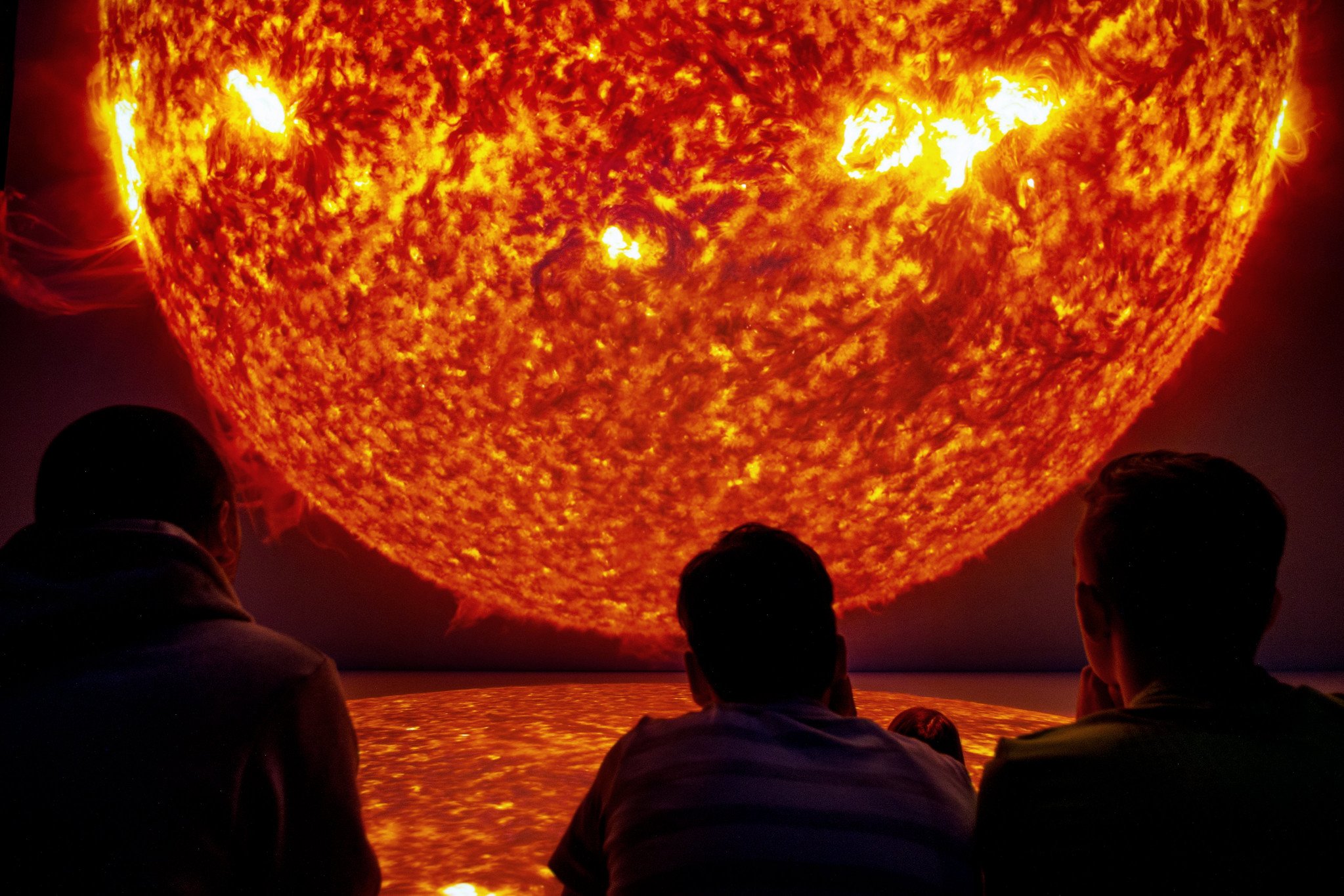
India aims to become the first nation to send a satellite out to study the Sun after having been the first nation to successfully land on the Moon’s South Pole.
The country’s space agency has announced on the social media website X that it will be launching its solar observation satellite on September 2nd. This is just months after a major breakthrough in Sun observation by EUI satellites.
Aditya-L1, meaning “Sun” in Hindi, weighs four hundred kilograms and will be orbiting 1,5 million kilometers from planet Earth. It will provide clear and continuous images of the Sun. The spacecraft is set to reach L1, a Langrangian point in the orbit. India’s Space Research Organisation (ISRO) just made a great leap forward with the success of the Chandrayaan-3 Moon mission and is planning its next great step.
“This,” the space agency said, “will provide a vantage point from which to observe solar activity and its effects on the surrounding space in real time.”
The satellite will carry seven modules to observe the external layers of the Sun, (the photosphere and the chromosphere). The Indian-made solar satellite is equipped to measure electromagnetic fields and particles.
In particular, the satellite’s modules will be studying the meteorology of the Sun to better understand solar winds. NASA and the European Space Agency have already put their own spacecraft into orbit for the study of the Sun, but this is India’s first time.
The study of the Sun becomes all the more important as humans on Earth make massive steps forward in the field of energy and look for solutions. Nuclear fusion is in the works as a viable and perfectly environmentally friendly alternative to fission as an energy source. As there is no radioactive waste, the byproduct would be pure water.
In the meantime, scientists are dreaming of another possible path while fusion is still in the works. The idea is to harness the energy of the Sun and divert it to Earth. As research for a clean energy alternative continues, the idea of the one possible alternative to maximize the power of the Sun is gaining traction in international spheres.
Harnessing the Sun: the Kardashev Scale
This would definitively set the course for human evolution according to the Kardashev scale. The scale is a broad classification of the level of advancement of civilizations. Humans have recently made the leap to a Type I civilization—that is, a civilization which has access to all energy sources on the planet and the knowledge to produce energy.
Type II is a civilization with access to energy sources from its star. Such a society is able to harness these, while Type III is one which has access to all galaxy energy sources.
A technological leap of this kind would unshackle humans from the constraints of natural resources available on our planet. This is a drawback humanity is now facing, and there is much talk about it, as it would be life-altering.
India has joined the race for the study of the Sun. As international cooperation continues in the search for scientific discoveries that radically change the way we understand energy consumption on Earth, we are sure to see many more ground-breaking discoveries.
See all the latest news from Greece and the world at Greekreporter.com. Contact our newsroom to report an update or send your story, photos and videos. Follow GR on Google News and subscribe here to our daily email!



